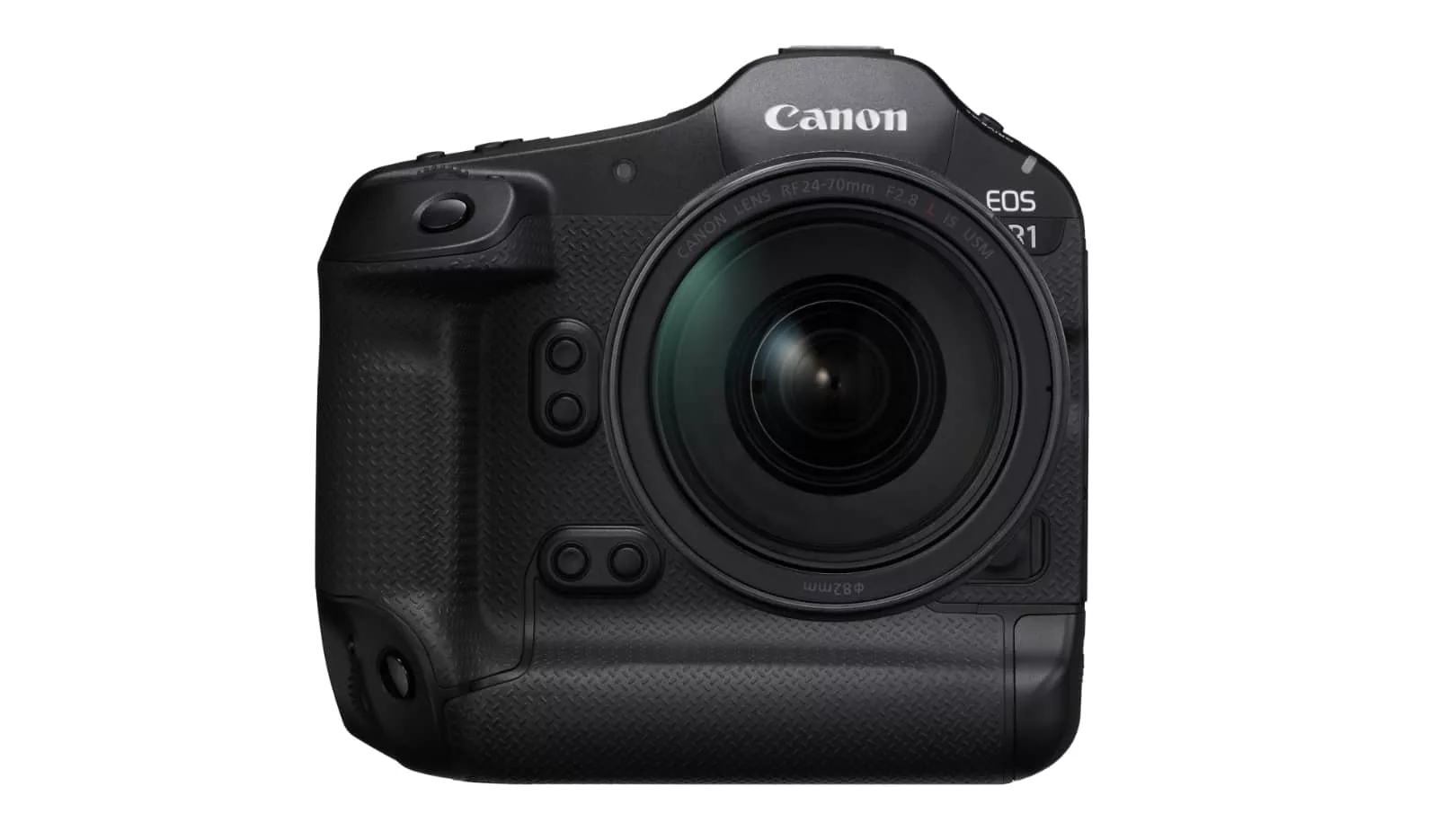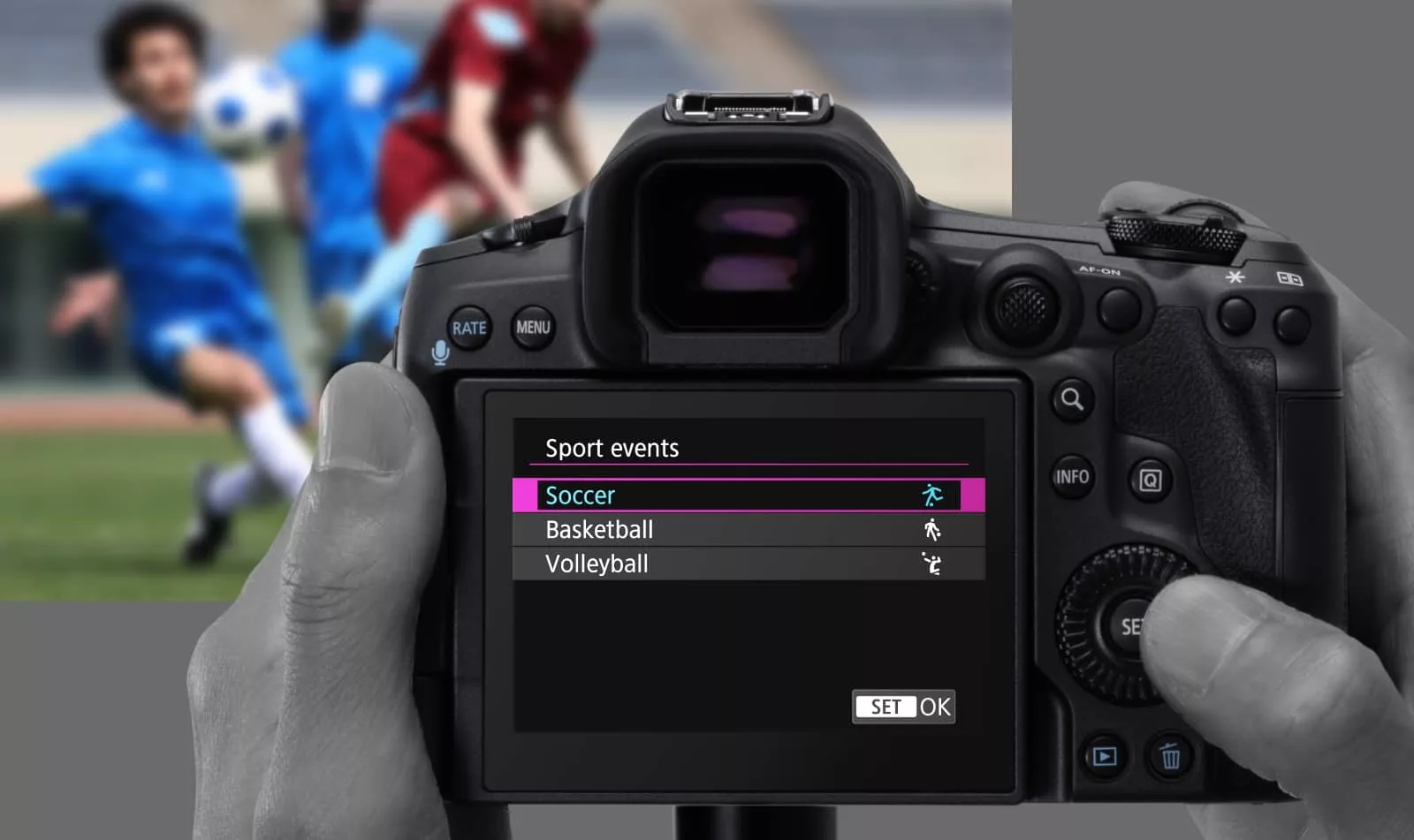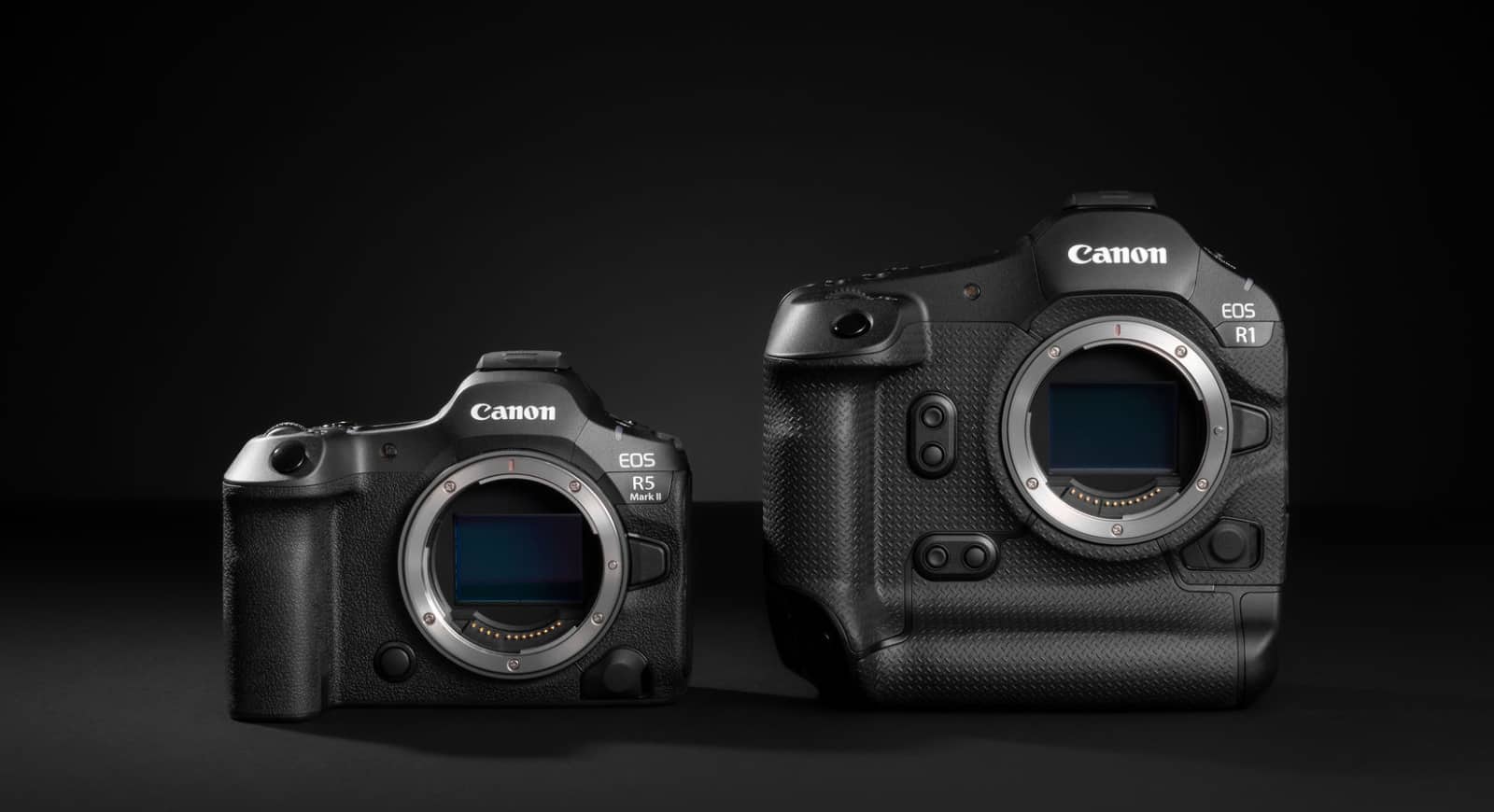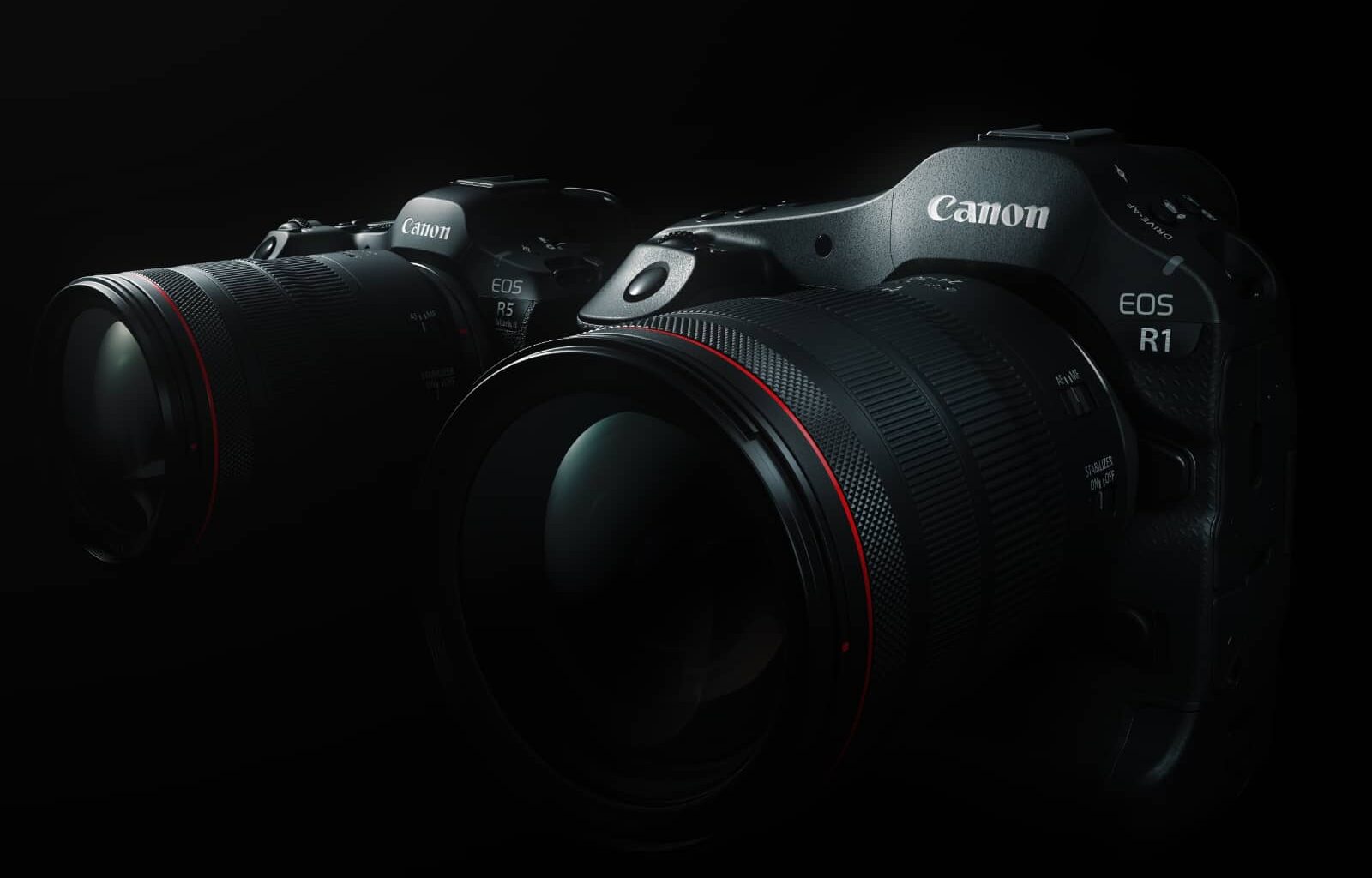Big new cameras are on the way for photographers who need big sensors and big feature sets, as Canon expands the EOS R-series once more.
The size of cameras may well be getting smaller, but that doesn’t mean big cameras have disappeared, nor does it mean they will fade away. Larger cameras have purposes to, typically when photographers have a need for capturing on larger sensors or with more ruggedised bodies, such as with professional photography.
It’s no wonder then that Canon has been working on models focused on specifically those areas, developing sizeable cameras for the photojournalist crowd, as well as sports and wedding photographers, while enthusiasts with a love for capable cameras look set to get something else, as well.
Two new cameras are on the way for people in those categories, as Canon expands its R system, the mirrorless system it launched years ago and has been gradually adding and improving over time.
The EOS R cameras have been small models for beginners all the way to big models for pros, and the latest injections focuses almost entirely on the back half. Specifically, there will be the EOS R1 at the high end, while the EOS R5 Mark II fits in under, each delivering a different set of tech.

The big one: the EOS R1
In the flagship category, there’s the EOS R1, the big model and more or less a replacement for Canon’s equivalent photojournalism DSLR models.
A sizeable camera, the EOS R1 sees the vertical grip built into the body just like on DSLR equivalents, using a 24.2 megapixel full-frame sensor capable of capturing an ISO range of 100 to 102,400. Stills can be captured at up to 40 frames per second (yikes!), while video can be handled at up to 6K at 60 frames per second, 4K at up to 120 frames per second, and Full HD at up to 240.
In short, it’s fast, but it also comes with the guts to deliver fast autofocus and image quality performance, thanks in part to a new part of Canon’s Digic image processing called the “Digic Accelerator”. Think of this as a machine learning-connected component based on Canon’s own research.
AI may well be the buzzword of 2024, but the Digic Accelerator isn’t AI in the sense that it grows. However, it has seen imaging data used to improve its capabilities, which should mean improved camera performance across the board. That also covers in-camera image upscaling and noise reduction, among other things.
Sports photographers may be interested in another improvement, with an “action priority” mode that can identify poses used in sports, such as in basketball, soccer, and more using this as a form of tracking to capture shots in sports.

A little smaller: the EOS R5 Mk 2
Canon’s big camera isn’t the only model to get the action priority mode; the EOS R5 Mark II will also sere the technology applied there, but with a different body and sensor.
The Canon R5 Mk2 comes with a smaller body more — no vertical grip — while the camera sensor is different again.
While it is full-frame, the R5 Mk2 sees a 45 megapixel sensor, almost twice as many pixels as what’s in the EOS R1.
It’s not quite the same comparison, what with an ISO range of 100 to 51,200, but it will handle a maximum frame rate of 30fps, as well as a higher maximum video resolution, supporting 8K at 60p for the maximum, with 4K at 120p and Full HD at 240p making up the rest.

Pricing and availability
Both cameras will see a 3.2 inch LCD on the back, as well as Canon’s dual pixel focusing technology, alongside the action priority modes. Expect electronic view finders alongside that LCD, supporting 9.44 million dots in the EOS R1, while the R5 Mark II gets an EVF with 5.76 million dots.
They also both get improvements to eye-control autofocus, up to 8.5 stops of image stabilisation, and 12-bit RAW video recording if you need it.
WiFi 6E will also be a part, handy if you plan on capturing images and sending it back to a computer or network, or even uploading to an FTP, which is apparently supported, as well.
In Australia, they will also both be fairly high priced, though that’s in line with similarly sizeable cameras, with the EOS R1 set at $10,000 when it lands in November, while the R5 Mark II will be priced at $6,699 when it arrives in August.
Neither comes with a lens and is offered body only, so just factor that in, though Canon will sell the R5 Mk2 with the RF 24-105mm F4 lens in a kit for $8549.






